How Will Generative AI Change Creativity?
Yes, the world of creativity is going to be fundamentally changed by AI. But as Mark Twain once said, “History never repeats itself, but it does often rhyme.”
- August 9, 2023
By The Phrasee Team
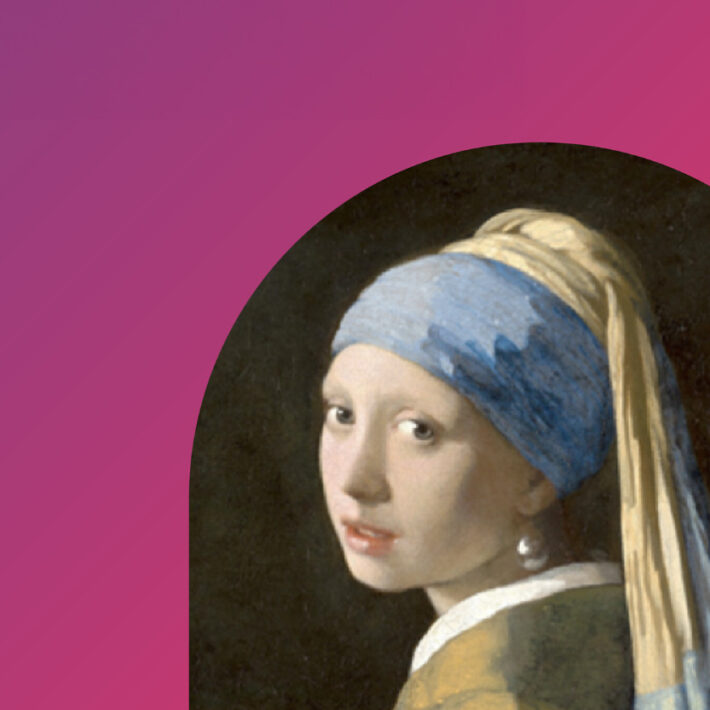
Generative AI has fully entered the mainstream, and the world is awash with jargon, noise and confusion on this topic.
Suddenly, everyone is talking about AI, ChatGPT, Midjourney, and these various things. Experts in the metaverse are now AI experts, and with these opinions comes fear-mongering.
If you believe what you read online, the end of human creativity is here and artists will be no more. Generative AI will be the end of the graphic designer, the illustrator, the painter, and the 3D artist.
I’m here to tell you that’s nonsense.
Yes, the world of creativity is going to be fundamentally changed by AI. But as Mark Twain once said, “History never repeats itself, but it does often rhyme.”
This may feel like unchartered territory, but the truth is that art and creativity have been disrupted by technology before, and creativity evolved and survived.
So, to understand how generative AI will change creativity today, let’s first look at the past.
The disruption of the painter
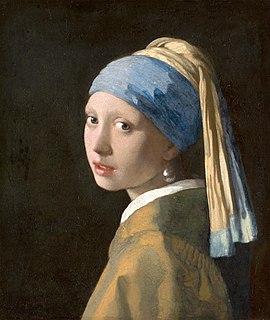
Do you recognize this painting? You probably do – It’s “Girl with a Pearl Earring” by Vermeer, one of the Dutch masters. And this is what art was back in the day.
Artists would be patronized to capture moments in time so they would survive throughout history. You’ve probably been to museums and seen still life bowls of fruit, and this is what art was. Painting and sculpture were the primary forms of art used to capture moments. And artists made their living creating art that captured something in the real world. And this happened for a long, long time, and saved many artists from starving throughout the years.
But then something changed.
The world of art was transformed with the introduction of a groundbreaking technological innovation – photography.
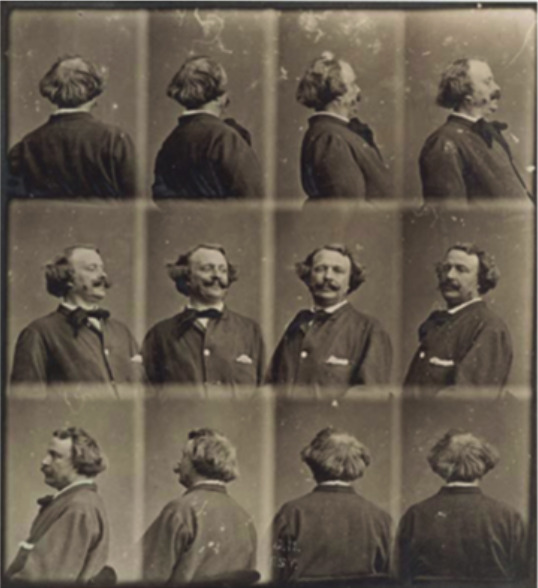
This is one of the first pictures taken in Paris, around 1846. The invention of the camera meant that we no longer needed artists to create paintings to capture a moment in time, because that was suddenly an incredibly inefficient way of doing it.
So immediately you had artists going, “Oh geez, this is bad because we need to eat. We can no longer eat by applying the trade that we’ve been applying for generations. What are we gonna do?”
Some of them probably did starve because they weren’t very creative, I guess. And if they weren’t willing to adapt to the new reality.
Look to the artists
But some of them looked into their mind’s eye and they embraced the new world. This new era of their profession was disrupted and they embarked upon a new path.
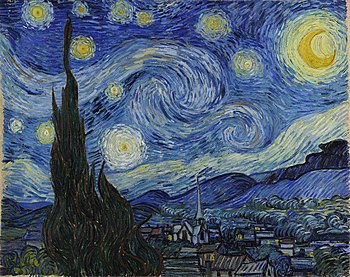
For example, this, you’ve probably all seen this as well, it’s “Starry Night” by Van Gogh which hangs in the MoMA in New York. Now obviously this location doesn’t exist in real life. There’s nowhere in the natural world where you can go and experience this exact image. This is all from the creative imagination of Van Gogh himself.
He could have looked at the invention of the camera, which happened during his lifetime and said, “Well, I guess I’m toast.” ”. But he didn’t because he’s a true creative.
And this is what I’ve learned about technology through my storied career – when technology comes, you either adapt or die and always look to the artist first.
Fast forward to today.
So let’s fast forward to 2023. We’re in this wild world of generative AI.
Artists, writers, and many creative types – be it within the marketing domain or anywhere – are looking at this new technology going out and they’re thinking:
“Well, this is gonna affect my livelihood. I can no longer spend my days doing hyper-creative tasks because this is disrupting me. What am I gonna do?”
And some people will view it like this. They’ll see it as the arrival of the camera which means they can no longer apply their trade. Just gonna whittle away and into nothingness.
Some will be existentially challenged by it, and then some will view things differently.
So let’s put ourselves in the shoe of Mr. Van Gogh. Would he be looking at things like this in a forlorn manner with the metaphor of the black cats signifying a bad omen crossing his path?
This is a picture you can see at the bottom that I created with Midjourney. Midjourney is a text-to-image AI where you can put in any sort of text and it’ll deconstruct it to its concept parts and translate it into a bunch of pixels. Which is pretty crazy.
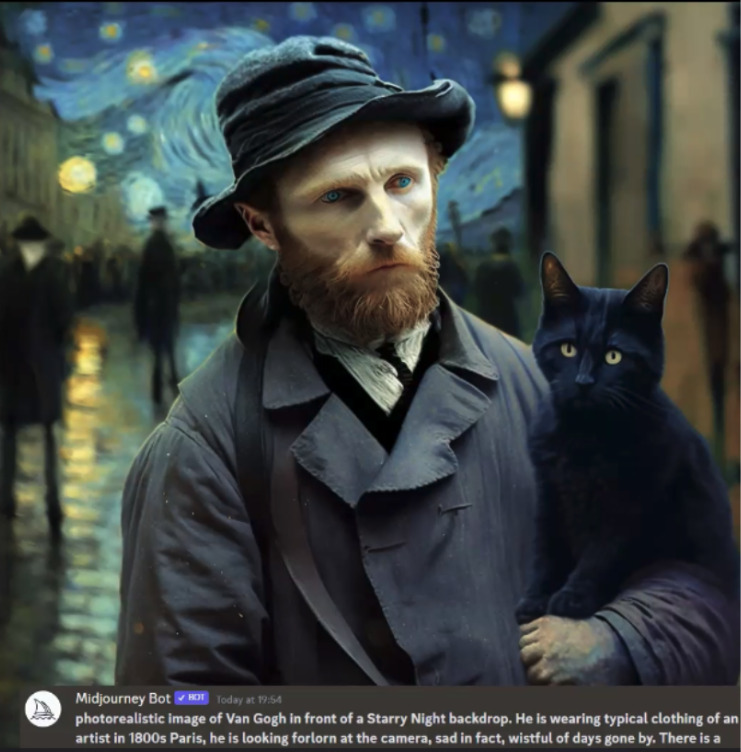
Now, would Van Gogh be looking at stuff like this thinking, “This is bad luck. I’m gonna need to cut off my other ear and just be kind of sad about life.”. I mean, maybe. But you always look to artists first, and we’re amid this generative AI revolution, which is happening and it’s happening quickly.
I’ve looked at what the artists are doing, and here’s one great example.
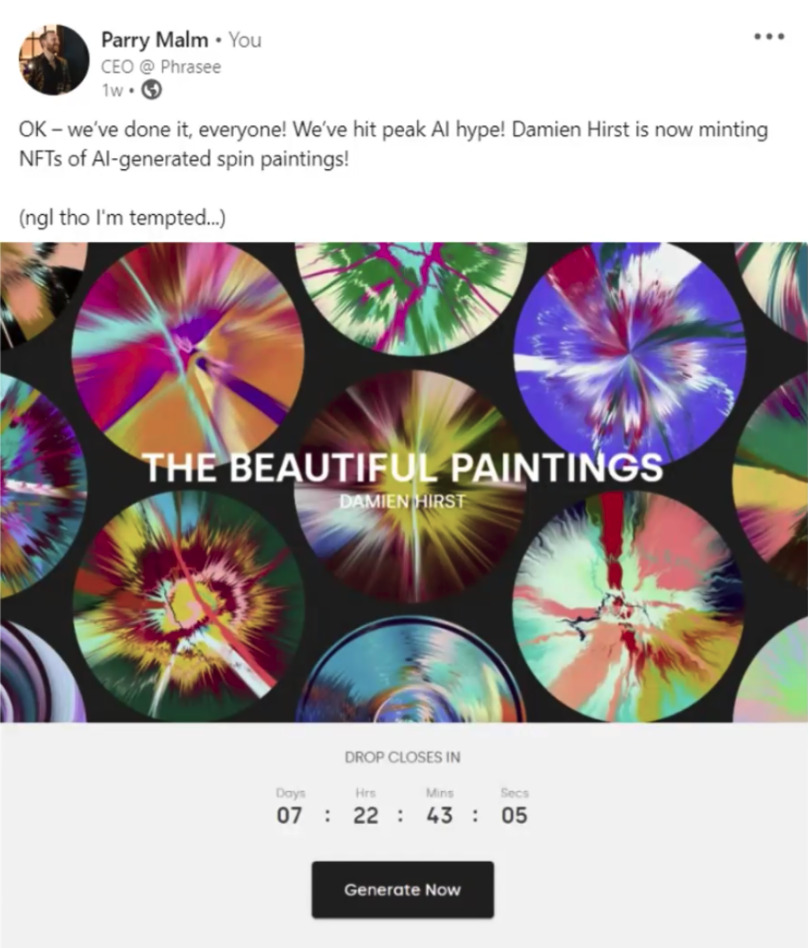
It’s Damien Hurst, one of the young British artists who rose to prominence in the Nineties. He caught onto the idea of generative AI coming into the world at a fervent pace.
He’s got this series of paintings called Spin Paintings.
He teamed up with data scientists and created an algorithm that is based upon a number of inputs – some random, some human driven – and it generates one of these beautiful paintings.
And then you click the “buy now” button. He prints it out, signs it, and you are $6,000 poorer.
The artists are already there.
The true creatives in the world are embracing this technology and finding ways to make it more creative and ultimately to make it lucrative. I don’t think we could describe Damian Hurst as a starving artist these days, even with the advent of generative AI. So, I think if Vincent Van Gogh were still alive today, he wouldn’t be the sad guy with the cat. He would be the excited guy embracing this new technology, finding ways to use it to make him even more creative.
An allegory here is about 30 years ago, an AI beat the greatest chess player to ever live, but that didn’t kill chess. Chess is more popular now than ever before. So AI isn’t going to kill creativity even any more than it killed chess. In fact, now is the best time in human history to be a true creative.
Here’s the reality, the future isn’t AI, and despite all the thread boys on Twitter telling you it is, the future is not AI. The future is people using AI. Your opportunity isn’t AI. AI is just a tool set. It’s not your opportunity whatsoever.
Your opportunity is to become Van Gogh 2.0.
—
Don’t forget to check out the full ebook: Is the Future of Generative AI Quality or Quantity?


